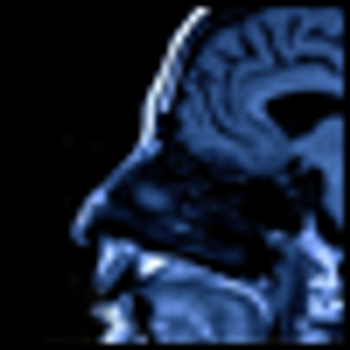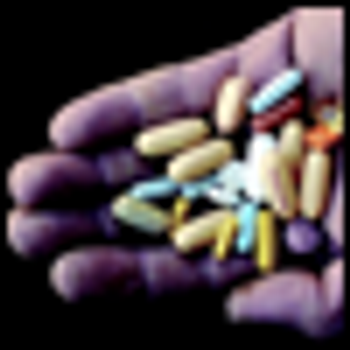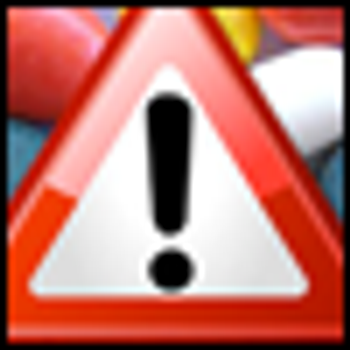
Dear Mrs. -- You have asked me about the cause of your mood disorder, and whether it is due to a "chemical imbalance."

Dear Mrs. -- You have asked me about the cause of your mood disorder, and whether it is due to a "chemical imbalance."

Bob Spitzer was prophetic 4 years ago when he warned that the closed DSM-5 process would lead to a flawed DSM-5 product. He advised the DSM-5 leadership to end its secrecy-- that a lack of openness would inevitably would lead to bad decisions not amenable to self-correction.

I never would have entered the DSM-5 controversy were it not for two of its proposals that risk furthering the already frightening overuse of antipsychotic medication, particularly in children and teenagers.

The recent death of Amy Winehouse has brought the question of why some people get addicted to alcohol and/or drugs and others don’t.

The British Psychological Society is a highly esteemed organization representing 50,000 members. Recently, it released an open letter to the American Psychiatric Association offering a harshly critical view of DSM-5.

Alcohol has had a long and checkered history in human affairs. Dating back millennia to ancient Egypt, its consumption has been associated with sacredness as well as frivolity.

Members of the military returning from combat operations have high rates of substance abuse. They also often exhibit a co-occurring triad of posttraumatic stress disorder (PTSD), traumatic brain injury (TBI), and pain, which complicates the problems with substance abuse.

The suicide rate in the US military has steadily climbed over the past 5 to 7 years despite aggressive efforts by the military and the mental health community to counter this trend.

This article addresses the epidemiology, diagnosis, and treatment of mild TBI among combat veterans, with a particular focus on blast injury and the presence of comorbid posttraumatic stress disorder (PTSD).

Dr McGorry’s promotion of primary prevention has been well-intended but is clearly premature and carries with it considerable risks of harmful unintended consequences.

Dr Feinberg takes exception to much of what we wrote, or what he thinks we wrote, in our article “Early Antecedents and Detection in Schizophrenia”. We will do our best to reply to his criticisms of what we did write and try to point out where he is shadowboxing at issues that he has created but that we do not hold or endorse.

I wish to comment on the article by Drs McGlashan and Woods, “Early Antecedents and Detection of Schizophrenia” in the March 2011 issue of Psychiatric Times.

In the sixth edition of his famous 2-volume textbook Psychiatrie, which appeared in 1899, Emil Kraepelin introduced the by now well-known distinction between dementia praecox (soon to be called schizophrenia) and manic-depressive illness.

Depression and alcoholism treatment requires the proper use of medication and psychosocial interventions, as well as a solid doctor-patient relationship and a commitment to treat both disorders.

Advances in the fields of neuropsychological assessment and neuroimaging have enormously expanded our knowledge about the profile and severity of cognitive deficits in patients with substance use disorders.

The COMBINE study was only one trial designed by academics to maximize internal scientific validity. It excluded individuals with other significant psychiatric and medical illnesses (more often the rule than the exception in some clinical settings)-individuals deemed too severely ill or who needed hospitalization.

In this Special Report, Helen M. Pettinati, PhD, and William D. Dundon, PhD, discuss prevalence, assessment, clinical features, and treatment issues with respect to individuals with co-occurring major depression and alcohol dependence.

A charismatic psychiatrist, Patrick McGorry has recently gained heroic status. First he was chosen to be Australia's Man Of The Year. Now, he has convinced the Australian government to spend more than $400 million over 5 years to fund his plan for a nationwide system of Early Psychosis Prevention and Intervention Centres.

Patients with anxiety disorders who self-medicate with alcohol or drugs may be increasing their risk for developing incident substance use disorders, according to a study presented at the American Psychiatric Association’s recent annual meeting.

In a decade-long study of antipsychotic prescribing for hospitalized children and adolescents, researchers found that antipsychotics were used in 44.3% of patients and were often prescribed for behavioral disorders, PTSD, and other anxiety disorders as well as psychotic disorders.

Researchers are developing a scale to measure a clinically identified emotional “trigger state” that puts individuals with suicidal ideation at increased risk of acting on their ideations.

A report on the first international conference on Daniel Paul Schreber: "No comparison can be drawn between the sublime suffering of 1 individual-a man who, even in his madness, remained a member of Germany’s elite-and the horrors that would be perpetrated in that institution in the years to come..."

Like every drug or technology that has therapeutic value, MDMA (3,4-methylenedioxymethamphetamine) has potential risks and benefits. Unlike most other drugs under clinical investigation, MDMA has a complex and controversial history that has delayed dispassionate scientific investigation into its therapeutic use.

Psychosis at any phase of the illness can be extremely distressing, disruptive, and potentially dangerous for patient and family.

If ketamine is able to turn off a patient’s depression, even for one day, you have accomplished something important, whether or not you can maintain it. This is because you have at least given the patient hope . . . that in itself is very significant from a therapeutic perspective.